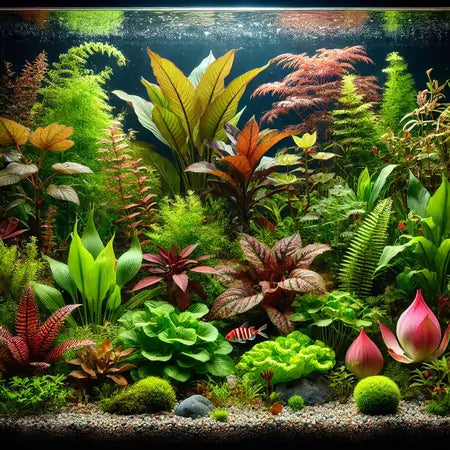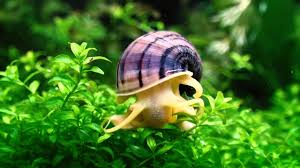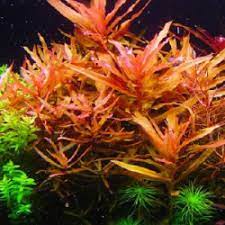Trending searches
$0
This Sagittaria species is a fast-growing plant that can quickly fill a great amount of space in the aquarium! A bunch contains 2 plants with 5-7 leaves. Tall Narrowleaf Sagittaria (Sagittaria subulata) is a grass-like plant with roots and, as its name states, several long, narrow, green leaves. It can be grown immersed or submersed, and it propagates prolifically through runners, plus it can develop an extra stem that will flower just above the surface of the water. This versatile plant can eventually grow to a height of 20 inches (51 cm), so it is ideal as a mid-ground or background plant, depending on the size and height of the aquarium. Tall Narrowleaf Sagittaria can even live in brackish water.
Tall Narrowleaf Sagittaria is one of the easier aquarium plants to maintain. It can thrive in a very wide pH and temperature range. It does not require CO2 supplementation or overly high lighting, but it will look its best and grow fastest with moderate to high lighting. Due to the thin width of its leaves, Tall Narrowleaf Sagittaria is unsuitable for aquariums with destructive animals such as crayfish, large cichlids, or goldfish. Like most plants, Tall Narrowleaf Sagittaria will benefit from supplementation such as Seachem Flourish, Flourish Excel, nitrogen, iron, and other plant supplements.
At Canton Aquatics LLC, we take great pride in providing high-quality live aquarium plants to our customers. We understand the complexities involved in shipping live plants and are committed to ensuring they arrive at your doorstep in excellent condition.
Shipping Process:
DOA (Dead on Arrival) Policy:
Limitations and Responsibilities:
Cancellation and Changes:
Customer Support:
By placing an order with Canton Aquatics LLC, you acknowledge and agree to the terms outlined in this shipping policy.
Please be sure to check the regulations in your state regarding restricted plants. Our policy is to avoid shipping any plants that are prohibited in your area to ensure compliance and environmental safety. It's important not to introduce plants into the wild or waterways, as this could disrupt local ecosystems by introducing invasive species.
We appreciate your efforts in helping to protect the environment. For the latest updates, you can consult the USDA State Noxious Weed list here.
Thank you for your dedication to preserving our natural habitats.






!